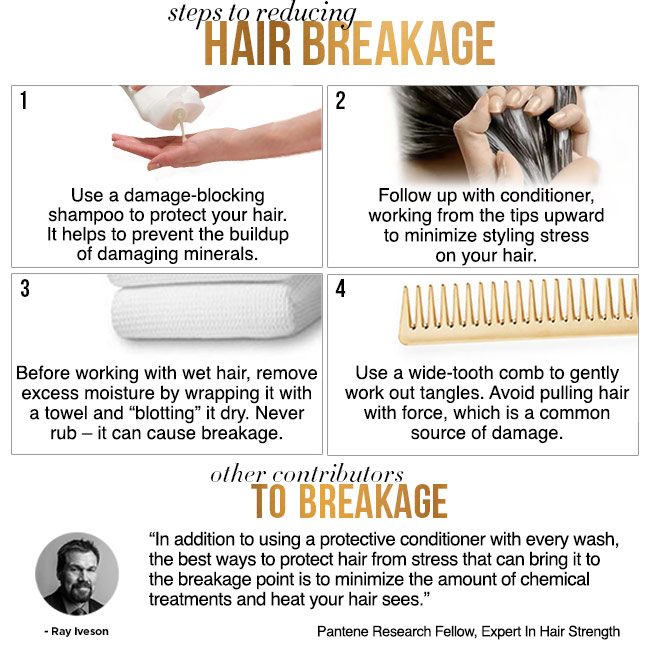Many of us aspire to strong, thick and abundant hair, but the road to robust doesn’t come without its own set of questions and challenges.
Balancing expectations between having a head full of glossy tresses and, well, what most of us actually have is getting increasingly harder as celebrity images lead us to believe that lush, full and abundantly thick hair is the norm.
So while what we see on billboards might be daunting, the journey to full and strong hair is totally possible and definitely easier with an understanding of what causes *hair loss and breakage in the first place, plus, the best ways to prevent and address it.
Is the Amount of Hair I’m Losing Normal?
According to a dermatologist specializing in hair loss, Dr. Vicky Joliffe, it’s normal for us to lose 100-150 strands a day, and this number can be on the higher end in the warmer months.
Causes of hair loss can run the gamut from health issues, prescription medicine, prolonged stress and hormonal changes. Jolliffe adds that nutritional factors are also very important in the hair cycle and increased amounts of shedding have been found in people with thyroid problems, low iron, or low vitamin D.
As far as stress is concerned, Jolliffe says that in her experience, increased hair shedding in women is often seen as a response to stress. “Crash diets, illnesses, recent surgeries and childbirth are all known factors in causing increased hair shedding, by shifting the hair’s cycle from the growing part to the shedding part.”
So How Do I Fix It?
A dermatologist would have to make a personalized diagnosis before prescribing anything specific, but Dr. Jolliffe says that she generally advises patients to take vitamins for hair in order to improve hair health. Also, those minutes spent using a straightening iron or blow dryer each morning add up and eventually lead to hair breakage and loss. Minimizing trauma to the hair and scalp will aid in preventing against both.
What is Causing My Hair to Break?
Despite the fact that hair is one of the strongest natural materials in the world, it can break, especially due to over-processing, excessive styling and exposure to damaging environmental factors like UV rays and certain minerals.
Styling can be especially harmful to wet or damp hair. Wet hair has been shown to break 15 times faster than dry hair because water alters the hair’s cuticle and makes it more susceptible to damage.
Coloring hair and the buildup of damaging minerals like copper can also lead to breakage, as both can break down hair’s structure.
So How Do I Fix it?
After cleansing and before combing or styling, remove wet hair’s excess moisture by wrapping a towel around it. “A conditioner is very important to decrease styling stress,” advises Pantene Scientist Mike Davis, an expert in hair breakage. Also, a wide-tooth comb is ideal for removing tangles, as opposed to a brush.
As for keeping that color intact, using shampoos and conditioners specially formulated for color-treated hair can keep breakage at bay by decreasing damage to the hair fiber. Pantene’s shampoos add another layer of protection with the antioxidant damage-blocking technology that helps prevent the buildup of damaging minerals.
So somewhere between blah and super glam celebrity tresses is gorgeous, manageable and strong hair that is built by knowing (and growing) what it takes to maintain the healthiest strands possible.
*All references on this page refers to hair fall or hair loss due to breakage.

